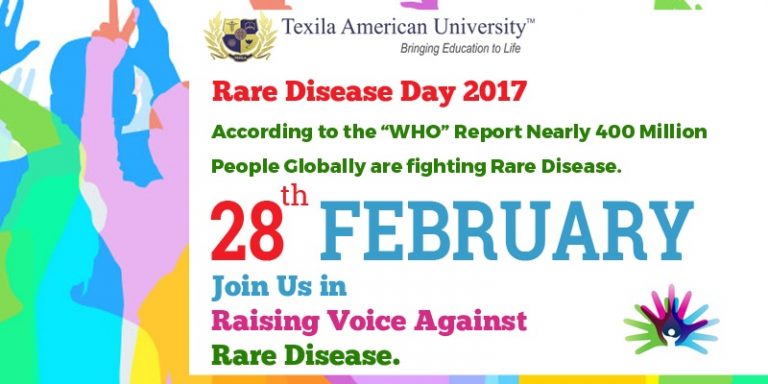

Diversity and Equity in Rare Diseases ResearchĮven after receiving a diagnosis, many people struggle to get treatment for their rare disease. To achieve this goal, NCATS is supporting three research projects that will study new tools and approaches to make it easier to correctly diagnose people with rare diseases. People with rare diseases wait an average of 7 years to receive a correct diagnosis, and NCATS aims to shorten the diagnostic odyssey by more than half. Although he has not yet received a diagnosis, he remains hopeful that one will come. Today, Evans is working with the NIH Common Fund’s Undiagnosed Diseases Network to continue searching for answers on his condition. An accurate diagnosis can offer the possibility of treatment and access to community support. The diagnostic odyssey often involves misdiagnosis, multiple rounds of clinical testing and missed opportunities for treatment. Evans began seeing specialists and went through many clinical tests but did not get any answers. Eventually, he began falling when he tried to run, and standing back up became harder. One speaker, Troy Evans, described himself as a “neuromuscular disease fighter.” Evans began experiencing unexplained muscle soreness at age 21. During the event, people and their families recounted their own diagnostic odysseys. Many people with rare diseases wait years to receive a correct diagnosis.

Rutter, Ph.D., NCATS acting director, welcomes attendees to Rare Disease Day at NIH 2022. “I am dedicated to finding ways to improve all of these factors. “The diagnostic odyssey, the wait for treatment options, only to have those options be difficult to access - it’s a story that’s exhausting, and one that I share with many of you here today,” Rutter reflected. Even then, there were no treatments and her options for participating in clinical research were limited the trials were located far from her home in rural Kansas. She recounted that her mother, Dorothy, had primary myelofibrosis, a rare disorder that causes buildup of scar tissue in the blood marrow and disruption of blood cell production. Rutter, Ph.D., NCATS acting director, provided a personal story. People coping with rare disease, families living with a rare disease sufferer, or even more than one in their midst, communities and members of advocacy organizations - the narratives matter, and it is vital that you all are our partners in telling them. “People coping with rare disease, families living with a rare disease sufferer, or even more than one in their midst, communities and members of advocacy organizations - the narratives matter, and it is vital that you all are our partners in telling them,” Gilman said. Gilman, M.D., chief executive officer of the NIH Clinical Center, noted that Rare Disease Day at NIH is focused not only on science and medicine, but also the powerful stories of people who are affected by rare diseases. Throughout the event, speakers highlighted the ways that rare diseases affect people of all ages, cultures and walks of life. NCATS’ efforts in rare diseases research are central to the Center’s vision of delivering more treatments to all patients more quickly. The day featured discussions on topics ranging from efforts to shorten the rare diseases diagnostic odyssey to speeding new treatment approaches for patients to understanding the impact of diversity and equity on rare diseases research. Co-sponsored by NCATS and the NIH Clinical Center, Rare Disease Day at NIH aims to raise awareness about rare diseases, the people they affect, and NIH collaborations that address scientific questions and advance research for new treatments. 28, 2022, nearly 2,500 participants from around the world gathered virtually to discuss the challenges and opportunities in rare diseases research.

Rare diseases represent a critical public health issue. Food and Drug Administration–approved therapies. Rare diseases also are exceedingly difficult to diagnose, and even harder to treat: Of the 7,000 known rare diseases, only 5 percent have U.S. Although individually rare, they affect about 30 million people in the United States, or roughly one in 10 people. Rare diseases are more common than many people realize. Rutter, Ph.D., raising their hands in front of the lit-up Building 38A on the NIH main campus.


 0 kommentar(er)
0 kommentar(er)
